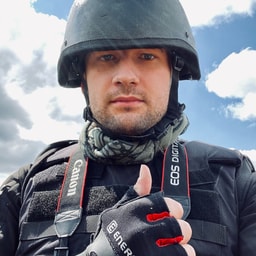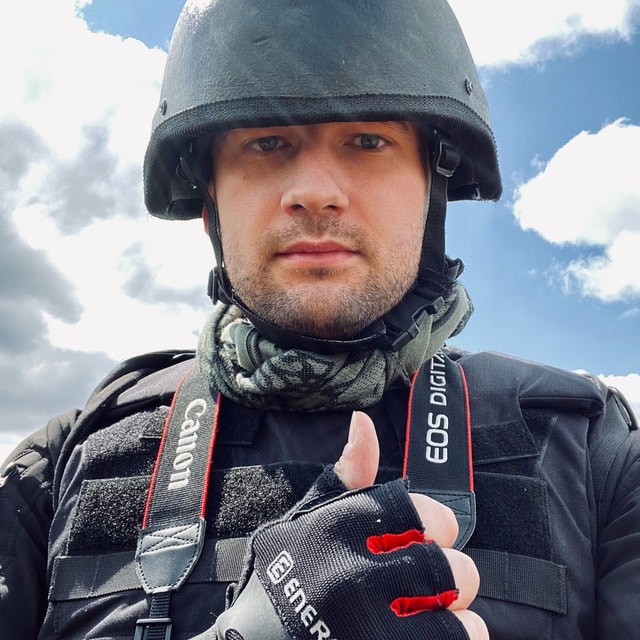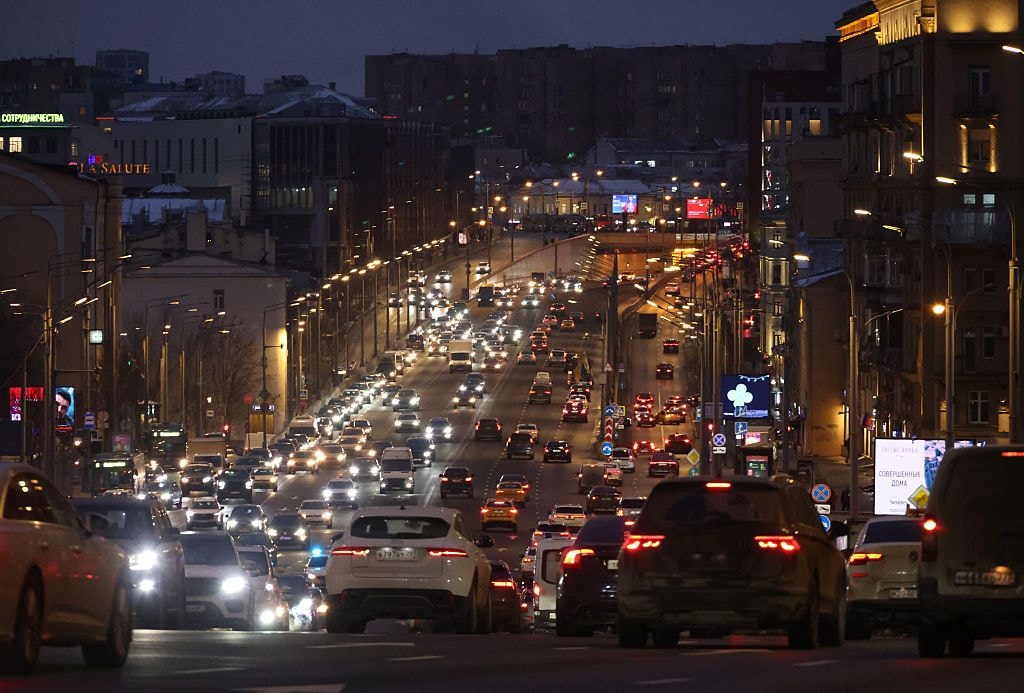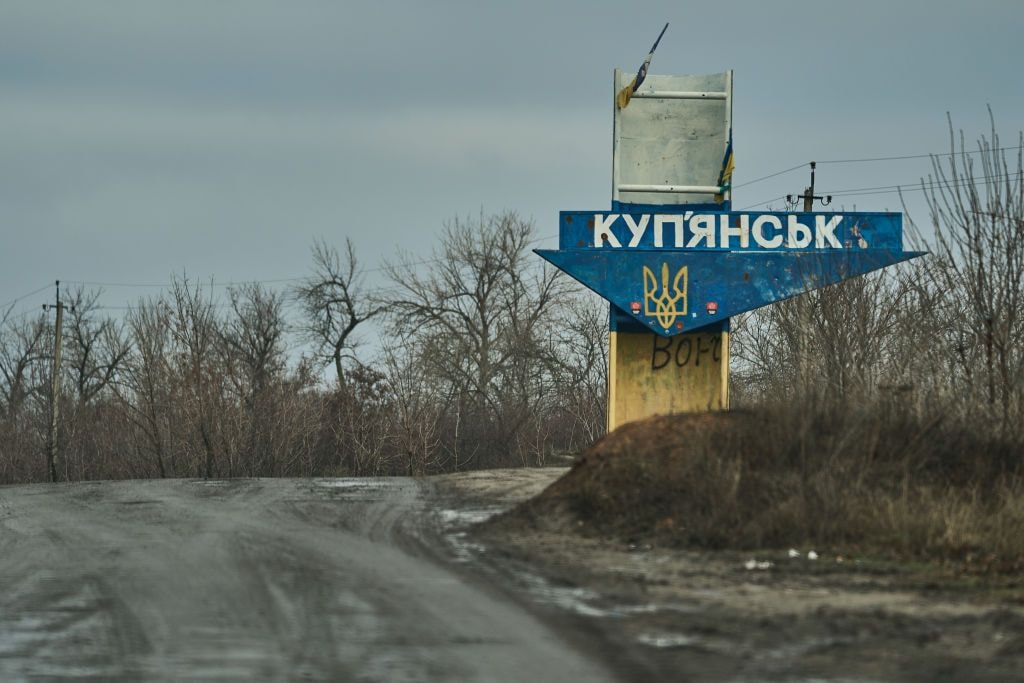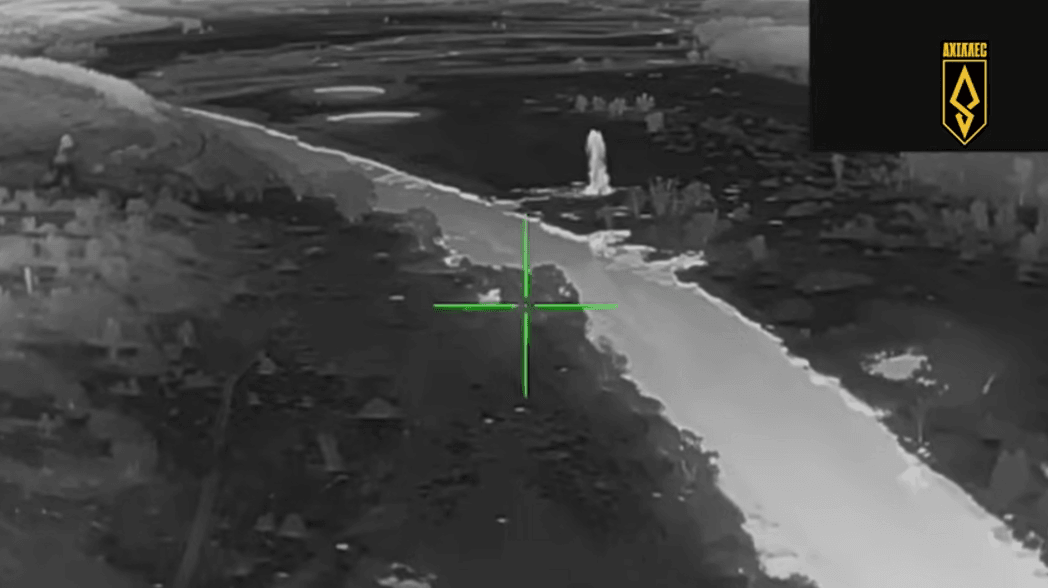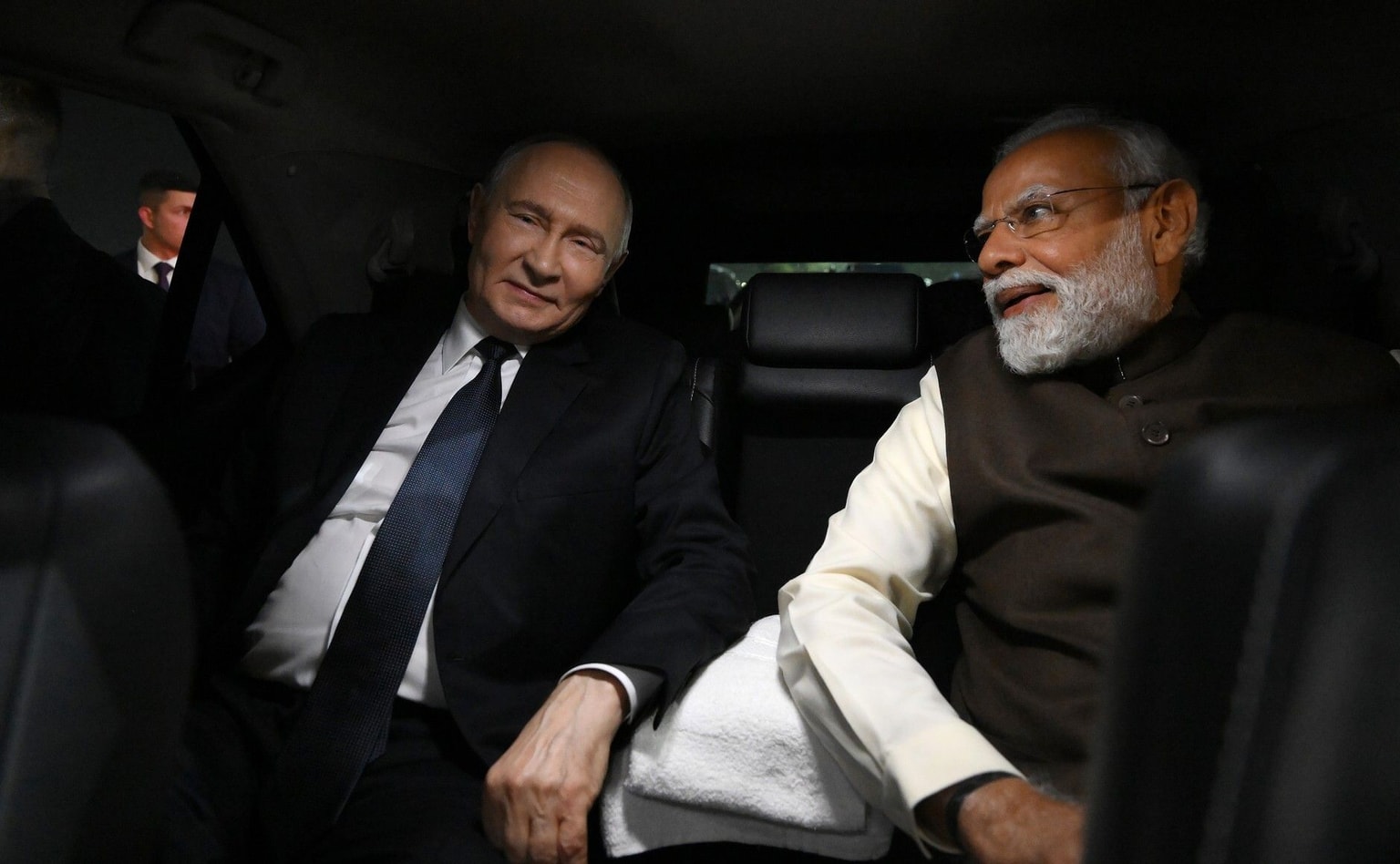Azovstal garrison: ‘We’ll keep fighting as long as we’re alive’

Death. Fire. Smoke. Bombs. Joy. Hope. Faith. And pride.
Those are the things that spell the days of soldiers at Azovstal, the last Ukrainian fortress in the Russian-besieged city of Mariupol.
After almost 80 days of fierce fighting, over 1,000 Ukrainian combatants, hundreds among them injured, are still holding out at the giant steel factory.
For days and weeks, Russia’s military have been pouring the full of its firepower upon the industrial ruins, in a bid to gain a symbolic victory over what used to be a key Azov Sea port city of 500,000, at any price.
With the rest of the city occupied, Azovstal remains the last area under Ukrainian control.
Yet, after weeks in close combat, remnants of Ukraine’s National Guard, marines, the police, and Territorial Defense units — all those still able to hold a gun — keep fighting as they stand back against the sea.
The time is running short.
The last standing in Mariupol is in dire straits. The fighters are growing bitter and desperate about their high command in Kyiv and the whole world that they say are doing too little to help them.
Having secured the evacuation of hundreds of civilians from Azovstal, the soldiers are ready to go on until the bitter end.
Surrender is not an option, they say.
But hope is still glimmering — that the world will force the Kremlin into letting the embattled garrison go, with dignity.
They hope for a miracle.
But, despite broad international involvement, Russia keeps denying evacuation of the encircled Ukrainian forces.
Russian dictator Vladimir Putin has personally ordered to “fully blockade” the plant.
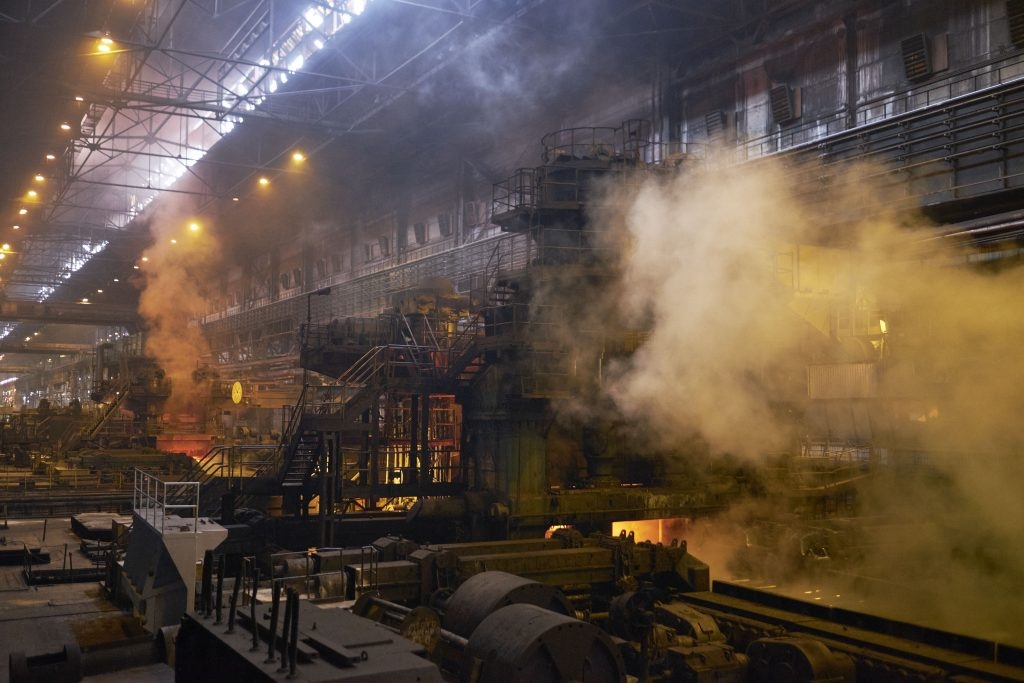
The Azovstal was one of Mariupol’s two giant metallurgical enterprises, along with Illich Steel and Iron Works.
A giant industrial complex of 11 square kilometers in area (nearly 7% of the city territory), it was established in the early 1930s as part of the Soviet government’s massive industrialization campaign.
This “city inside the city,” dotted with blast furnaces and chimney shafts, towers over Mariupol as one of its symbols. It used to employ nearly 10,000 workers as part of Ukraine’s richest man Rinat Akhmetov’s industrial empire.
The Azovstal plant is washed by the Azov Sea from the south and belted by the Kalmius River that divides Mariupol in two halves. The area of the plant remains the last bit of the Azov Sea shore controlled by Ukraine.
Since the start of Russia’s all-out war on Ukraine on Feb. 24, the Russian blitzkrieg was facing little resistance in Ukraine’s south.
Russian battalions went north from the occupied Crimea, rushed toward Kherson and seized it as soon as March 2. Key cities of Ukraine’s south, Berdyansk and Melitopol, were taken without a fight within days.
Russian forces moved along the Azov Sea coastline and approached Mariupol, their main target in the region. Russian forces failed to invade the city in 2014 and 2015.
Yet another axis pushed west from the old front line of Donetsk Oblast. In late February, Russia approached and devastated the city of Volnovakha, a key transportation point north of Mariupol.
Mariupol was getting surrounded and cut off from the rest of the country.

What happened next was possibly the worst devastation of a European city since World War II. At least 20,000 dead, nearly 300,000 fled in terror, and nearly 95% of buildings and structures were ruined, according to local Ukrainian authorities.
The 3,500-strong Ukrainian garrison, mainly the National Guards’ Azov Regiment and the 36th Marine Brigade, was facing nearly 14,000 Russian regular forces and Donbas collaborationists.
Insane house-to-house fighting and massive Russian bombardment turned Mariupol into a giant cemetery of debris and improvised graves in parks and backyards. Once thriving city became a landfill of destroyed Russian armor.
But slowly and steadily, by mid-April, amid immense bloodshed, the Ukrainian garrison got locked up at the Azovstal — the last main fortress prepared for long defense.
According to the garrison’s estimation, in the period between Feb. 24 and April 15, the Azov Regiment alone killed 2,500 Russian manpower in the city, wounded more 5,000, and also destroyed over 60 and damaged over 30 tanks. That’s not including fatalities scored by other Ukrainian formations.
According to the Ukrainian command, this continuing resistance forced Russia into keeping at least 10 battalion tactical groups away from other critical axes of attack against Ukraine – nearly 10% of the whole Russian force invading Ukraine.
Russia has already been too quick to declare a full victory in Mariupol on April 21, even though the Azovstal was still standing and repelling attacks. The Kremlin then failed to take over Azovstal in time for May 9, the symbolic WWII victory day, the cornerstone of Russian war propaganda.
Putin on April 21 claimed Russia would halt active hostilities and would instead lay siege to the steel factory. But the dictator’s patience was short — Russia almost immediately resumed bombing the Azovstal and throwing in its most-capable assault groups.
Yet, as of mid-May, the Azovstal is still standing, isolated by at least 100 kilometers of Russian-controlled territory.
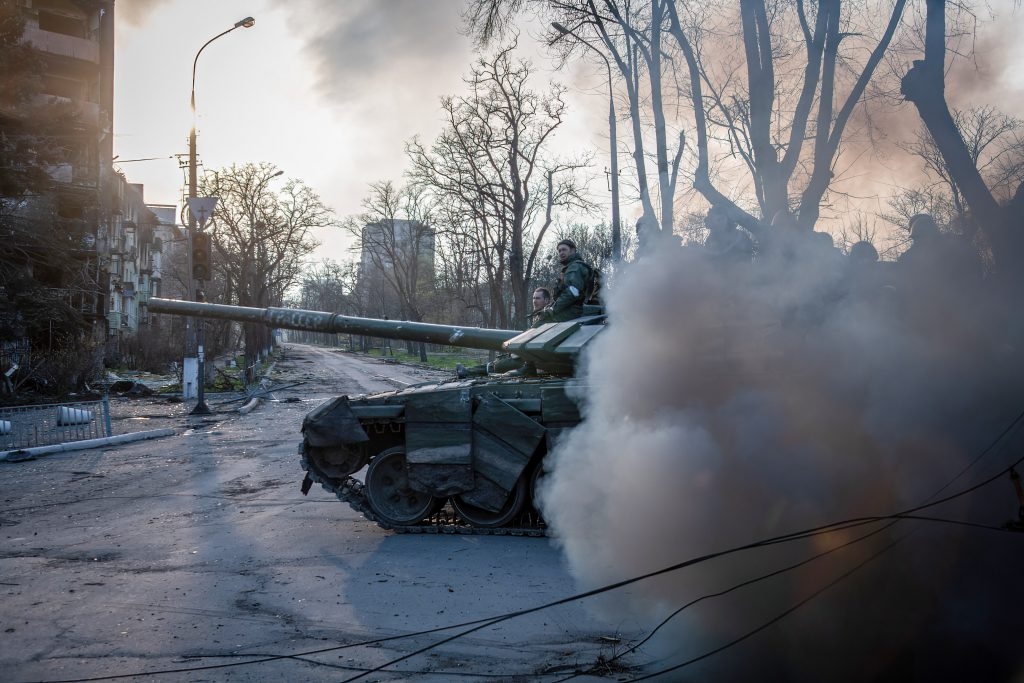
Into the fire
The old Soviet industrial monster is a maze of tens of kilometers of catacombs, workshops, railways, and underground passages running at least eight meters below the ground.
Many consider it an ideal defensive ground.
But in reality, as the garrison soldiers say, this improvised fortress is far more vulnerable than many expect it to be. Those old walls of concrete just can’t sustain Russia’s weeks-long bombardment.
Civilians, medics, and the military have been dying every day as Russian bombers and warships methodically grind the Azovstal premises into dust.
As days go by, the fortress dives deeper into the hell of gore and destruction.
“The worst inferno, the worst nightmare one can just imagine,” says Captain Svyatoslav Palamar, a deputy commander with the Azov Regiment going by the call-name Kalyna.
“Stalingrad doubled down. This is just what it is.”
At the Avozstal, days are the same and seem to be a bad dream that never ends.
In one of his poignant Facebook posts written amid clashes, the Marines leader Sergiy Volynskiy (Volyna) called it “a hellish reality show where we… use every chance of salvation while the world is just following an exciting plot.”
Exhausted soldiers have overgrown beards and haven’t had a chance to bathe for a long time. In the half-dark of dungeons, they sleep on cardboard boxes or heaps of torn clothes. Some manage to erect makeshift tents and pretend to be having a cozy shelter.
Sometimes one can get a couple of hours of sleep in underground shelters. And many try and take a nap outside, right at their firing positions in the ruins.
They still have the remnants of standard military rations and grits found elsewhere, from which they cook thin soups and porridge on campfires.
Some younger soldiers grew thin and weigh as little as 59 kilograms, as a result of what they ironically call “the Azovstal diet.”
“On Easter, we even managed to find some flour and bake a sort of flatbread,” Palamar says.
Soldiers have to drink technical water from the factory.
As the warm season comes, multiple dead bodies scattered all over the place spread contamination and the smell of death.
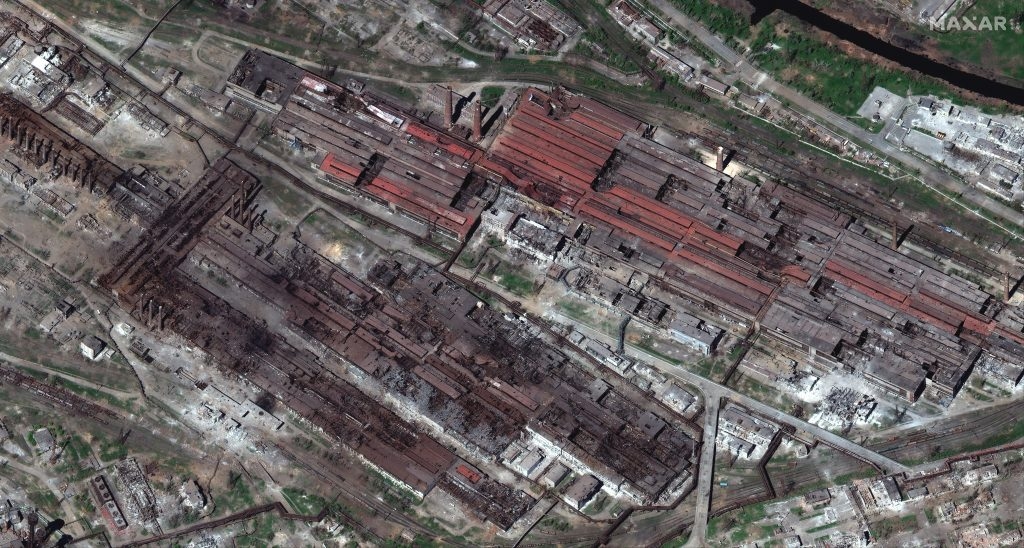
Fires, explosions, and soot make it hard to breathe.
Sometimes, Russia does nearly 150 bombing sorties a day, including with the use of Tupolev Tu-22M strategic bombers.
Weak internet connection ensured by communication specialists risking their lives is the last solace — and also a window into the outer world that follows the battle’s every second.
Pictures and videos sent from the Azovstal show the misery of the wounded.
On April 28, Russian bombers destroyed an improvised hospital established in the dungeons of Azovstal.
The situation became beyond critical.
“We run low on bandaging materials, medicine, antibiotic drugs. We have almost no instruments. The wounded die every single day as they can’t get timely treatment,” Palamar says.
Now, the Azovstal has nearly 600 wounded. And with every day, this number grows.
Some have to endure surgery with no anesthesia. In this battle, getting badly wounded likely means slowly dying in pain.
What gives them some comfort is that likely all civilians have been evacuated from the Azovstal, following intense talks involving the United Nations and the Red Cross.
On May 7, Ukraine’s Deputy Prime Minister Iryna Vereshchuk confirmed that all “women, children and the elderly” have been finally taken to safe places in a series of efforts, after two months at the Azovstal shelters.
“They did not live just next to us, as many would think,” Palamar says.
“We did not share the same premises to avoid putting them in jeopardy. We used to come to see them from time to time. When there were airstrikes, we used to come to clear debris. We would share food and medicine. If we were just by their side, this would mean we used them as a living shield and this would give a sort of justification behind what Putin’s forces are doing.”
The Mariupol garrison has lost three fighters killed and six wounded to ensure the civilian evacuation — Russian forces never hesitated to open fire during the pre-agreed ceasefire, while international organizations members never entered the Azovstal territory to meet the evacuees.

Keep holding on
But that’s just civilians.
The Mariupol garrison keeps asking that the dying combatants be recovered as well.
The situation is growing desperate with every day.
On May 4, Russian forces managed to break into the Azovstal premises, entering fierce close-quarter combat with the Ukrainian defenders. Nearly 2,000 Russian stormtroopers try to overwhelm the resistance while Russian aviation razes all around to ashes.
Yet, the Ukrainian flag is still flipping over the ruined factory.
But desperation and bitterness also grow. The Azovstal has a lot of questions about why Russian forces need just four days to make it to the Mariupol outskirts from Crimea, facing no resistance.
And why the surrounded garrison has had to fight for 80 days all alone, waiting for a Ukrainian offensive to help it break through the Russian blockade.
In March, President Volodymyr Zelensky, in a direct conversation with commanders, suggested that the garrison tries and battles its way out of the city by itself.
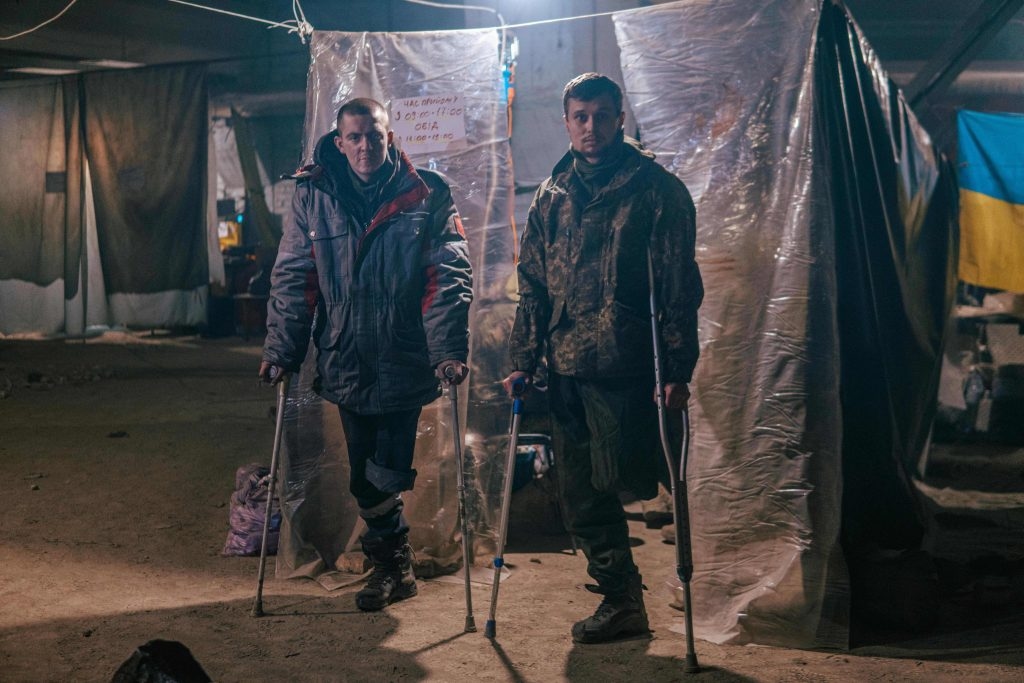
But without an auxiliary strike upon Russians by main Ukrainian forces, that would be just suicidal, as the Mariupol force decided.
“We told the president we can’t go as our wounded need to be evacuated first,” Palamar said.
“We just couldn’t do that, leaving the wounded behind, leaving civilians unprotected.”
Many weeks after, Ukraine’s top command still says a direct military strike to save the dying garrison is still not possible due to the overwhelming Russian force in the region.
But the country’s leadership, according to Zelensky, does everything possible to find a diplomatic solution.
“All this time, we hear it from the command: Guys, hold on until a certain day in March,” Palamar says. “We keep holding on. What’s next? Nothing happens. Then hold on until a day in April. And we do. No one’s helping us. Hold on until May 1, May 5, May 6. We keep holding on but nothing is happening, no military action is being done to unblock us.”
They still have just one order from Kyiv: to keep holding on.
They have repeatedly declined Russian demands to surrender.
To members of the Azov Regiment, which had previously gained a controversial reputation for harboring far-right combatants and using neo-Nazi insignia, surrendering means death from torture in captivity, as they believe.
Read also: Azovstal defenders: ‘Surrender is not an option’
“We’re going to keep fighting as long as we are alive,” Palamar says.
“No one has broken our spirit…. We’re fighting for the sake of the Ukrainian people and the whole civilized world. We all understand that if we do not prevail here, Putin will go further. The front line of war and all things will be very different.”
But still, they have a hope of leaving this hell alive and free.
Almost every day, the Azovstal defense leaders keep making last-ditch addresses to the world’s movers and shakers. Recep Tayyip Erdogan of Turkey, the Pope, and even Elon Musk, all asked dearly to help evacuate the garrison.
As Crimean Tatar leader Mustafa Dzhemilev announced on May 12, Russia directly declined Turkey’s repeated initiatives to extract the Ukrainian military from the Azovstal by the sea and ensure their presence in Turkey until the end of the war.
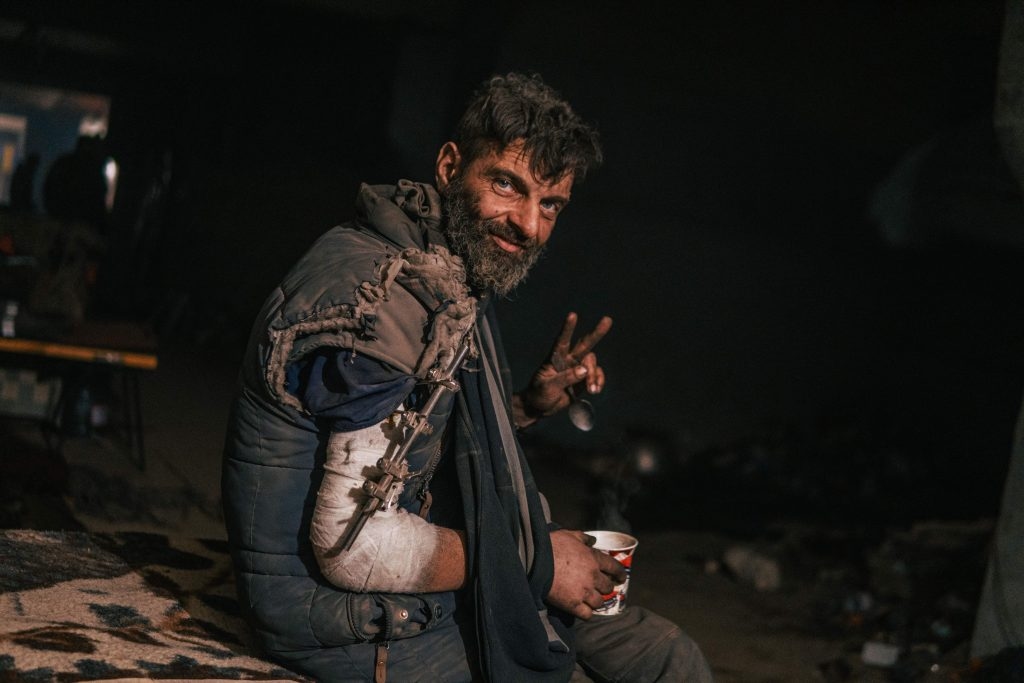
Russia also declined to let the Mariupol garrison go in exchange for all Russian prisoners of war held in Ukraine.
Now the Azovstal soldiers are waiting for a miracle.
“We give the top priority to the things that we do for this country, not to our lives,” Palamar says.
“But as a deputy commander, I ask that the world, its politicians and opinion leaders, intervene and render pressure upon Putin via international organizations regarding the evacuation of the Mariupol garrison. This must be done in the nearest time.
"We’re talking about days and hours.”
